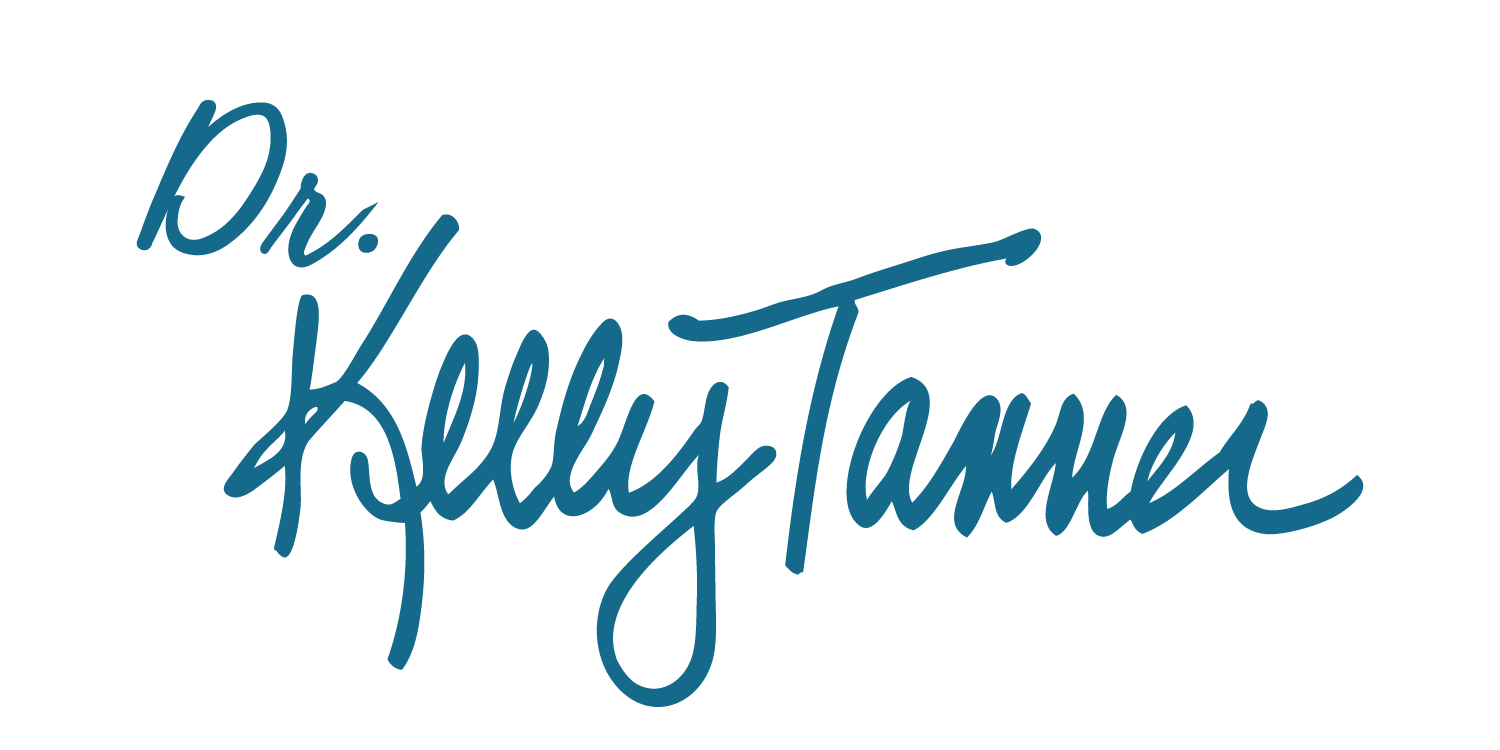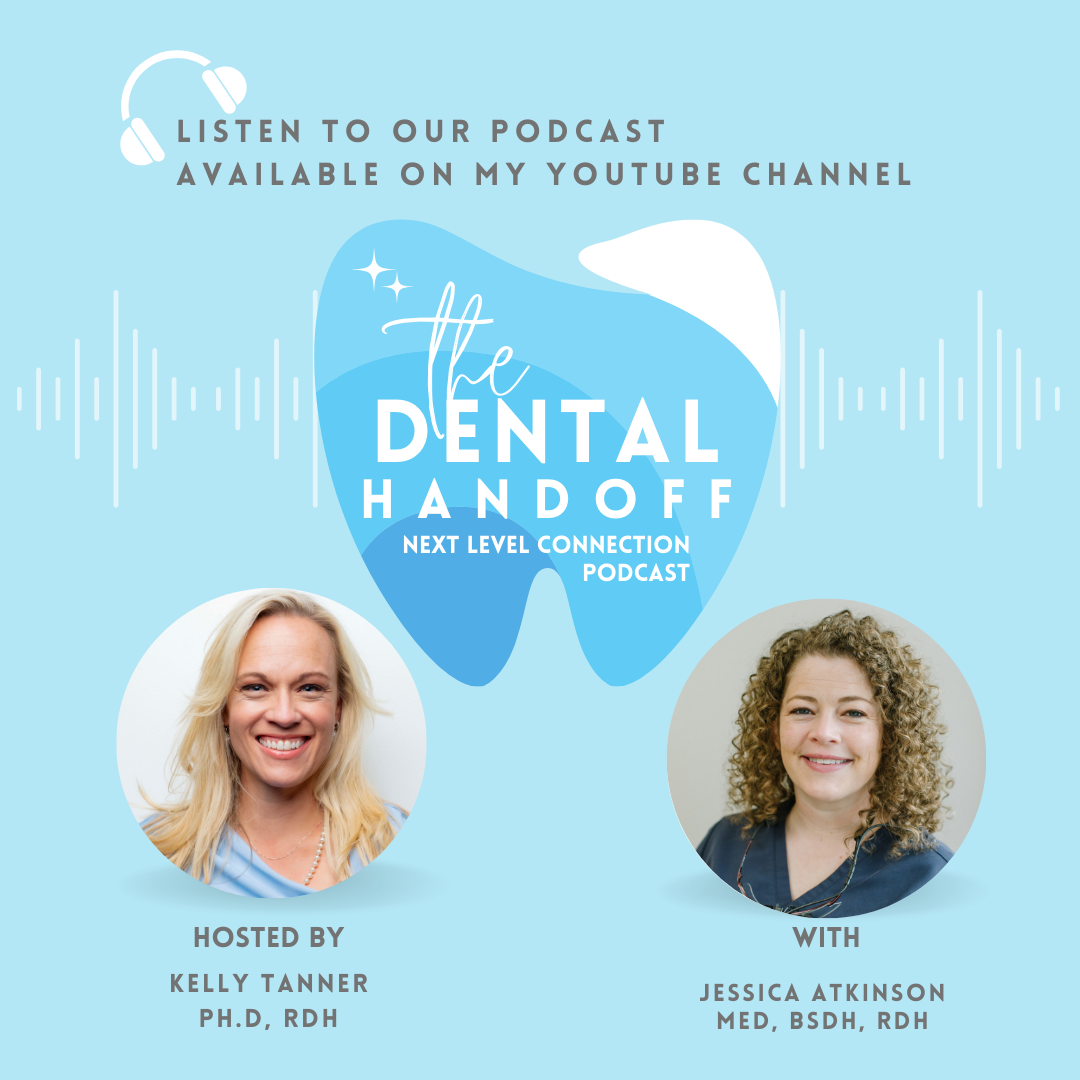Finding the Balance: A Dental Educator's Perspective on Teaching, Growth and 'Chill'
In the world of dental hygiene education, where precision and standards reign supreme, finding moments of "chill" can be challenging. In a recent episode of The Dental Handoff podcast, host Dr. Kelly Tanner spoke with Jessica Atkinson, Senior Clinic Coordinator at Utah Tech University and co-founder of Hygiene Edge, about the evolving landscape of dental education, the joys of teaching, and the delicate balance between maintaining standards and creating a supportive learning environment.
When Teaching and Hygiene Align
"I either wanted to be a teacher or a dental hygienist," Atkinson reveals about her childhood aspirations. "And gratefully, I chose the profession that I could do both."
After working clinically for just one year, Atkinson quickly found her way back to education. While her dental school required five years of dental experience before becoming an educator, her path moved faster. This quick transition gave her a unique perspective on both sides of dental hygiene education.
One revelation surprised her: "As a student, you think your instructor has the answer, that they just know the answer. And as an instructor...there's still so much to learn and there's so much to build upon."
This humbling realization shapes her approach to teaching. She tells students approaching board exams: "You're actually smarter than me right now. You have a quicker recall on things like bud, cap, bell and all the names of things that have long since passed in my brain. However...you will never be more experienced than me."
The Joy of Watching Growth
What drives Atkinson's passion for education goes beyond clinical skills. While she loves clinical practice, the limited patient interaction—"the most I saw my patients was maybe once every three months"—left her wanting deeper impact.
"With education, I get to see someone go from a junior student to realizing their dreams," she explains. "I see them every day and I see them tackle really heavy tasks, hurdles, and really tough problems...and come out on the other end saying 'I can do this and I did do this'—and that is the best."
This transformational journey remains her primary motivation. By helping students recognize their capabilities even when self-doubt creeps in, she creates space for tremendous growth.
"One of my favorite things about education and working with the team that I work with is talking with students and helping them see something that they maybe don't see in themselves," she shares. "Sometimes those things are areas of improvement. And some of those things are the hurdle that you have is not believing that you can do it."
From Horror Stories to Humanistic Education
The education environment has evolved significantly from what many veteran hygienists experienced decades ago. Atkinson acknowledges this shift while maintaining perspective: "Hygiene school is hard enough...I have to be careful not to get on a soapbox with students of like, 'I had to walk uphill in the snow both ways.'"
She recounts attending school with a scratched cornea because she felt "there was no option to miss" clinic. Today's approach has become more humanistic, with accommodations and support systems that didn't exist previously.
"If you're feeling at a level of stress that is putting you in a position of...an unhealthy situation, there are people. Come and talk to us. Let's deescalate some situations that you might be feeling really overwhelmed about."
This balance between maintaining rigorous standards while supporting students' wellbeing represents the modern education approach. As Atkinson puts it: "It's a tricky balance because there is a competency level there. There are standards."
Comparison: The Thief of Joy and Growth
One persistent challenge students face isn't just mastering technical skills—it's the tendency to compare themselves to peers. Atkinson emphasizes how detrimental this can be.
"They're often comparing themselves to a peer, and it's just not fair," she explains. "I often will tell the student, if there is a problem, your instructor will address it with you. If you're looking around being like, 'I'm not getting this' and you're creating a problem that doesn't exist, that's going to make this harder."
This comparison mindset can follow hygienists into private practice, creating isolation that impedes growth. Atkinson likens students' development to popcorn kernels: "We all pop at a different rate. And you're all delicious."
For new graduates entering practice, she encourages them to recognize their value: "You've just had the most cutting edge education ever on AAP classifications, on certain instruments that the offices that you're entering maybe haven't even considered. It is an opportunity for you to raise the tide."
Finding "Chill" in a Standards-Based Environment
Perhaps the most light-hearted yet thought-provoking segment of the conversation centered around the concept of "chill" in dental education. Tanner posed the question: "Is there room for chill in education?"
After a moment of reflection, Atkinson admits: "I want there to be room for chill." But she qualifies: "Don't insert chill on things like infection control. When people are like, 'Why can't I wear my mask under my chin?'...That's when I'm like, my eyeballs."
This tension between maintaining necessary standards while creating a supportive environment perfectly illustrates the tightrope dental educators walk. Rules about earrings and nail polish—seemingly trivial—reveal how dental programs constantly evaluate which standards are essential and which can evolve.
"We do have a little more chill," she notes, describing how her program moved from allowing "one smooth surface earring" to permitting multiple earrings as long as they're sanitary. Similarly, they researched nail polish policies before ultimately deciding that managing chipped polish would create more headaches than simply prohibiting it.
Beyond the Classroom: Hygiene Edge
Atkinson's impact extends beyond her university position through Hygiene Edge, the educational platform she co-founded with Shelly Brown and Malia Lewis. The channel recently received YouTube's Silver Play Button for surpassing 100,000 subscribers—a testament to their reach and influence.
"It's been to see their reach...to provide a place for people to come and ask questions that maybe they feel are stupid," she explains. "There used to be a lot more toxic environment to ask questions or to maybe not know something. And hopefully we're making a change there."
Their videos serve both students and educators, offering consistent teaching resources that alleviate instructors' workload while presenting information aligned with textbook standards.
As dental hygiene education continues evolving, Atkinson's parting advice captures her philosophy: "Keep learning, keep loving, and let's do it together."
Keywords: dental mentorship, dental education, learning from failure, dental blogging, dental speaking, Chicago Midwinter Dental Meeting, dental career development, dental integrity, dental technology testing, dental leadership, professional growth, dental expertise, The Dental Handoff podcast,


